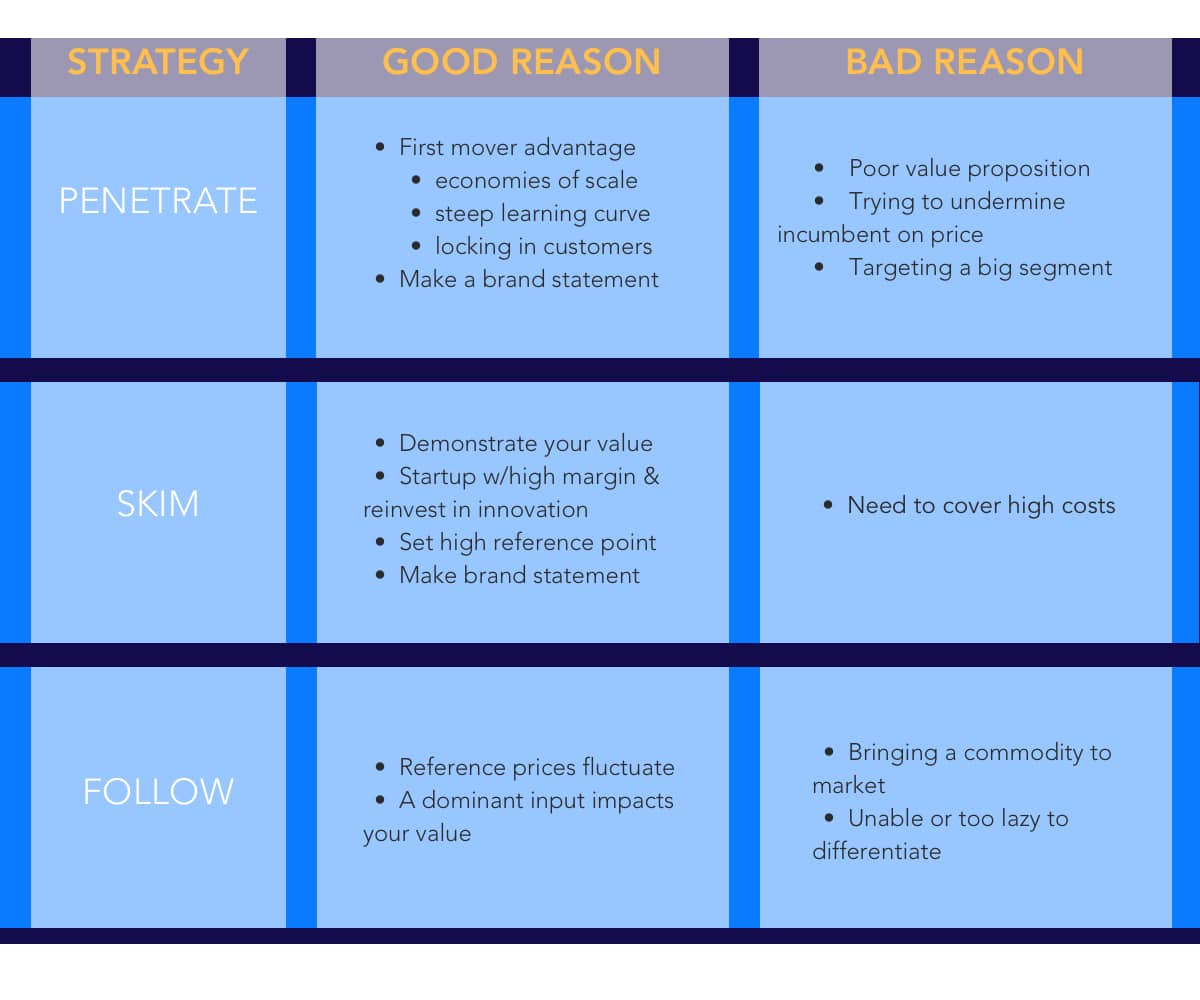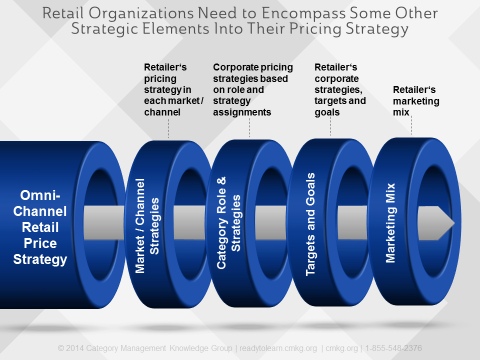
Master Effective Pricing Approaches to Take Full Advantage Of Earnings
In the ever-evolving landscape of business, mastering efficient rates strategies is necessary for services intending to make the most of revenue. A nuanced understanding of rates psychology can considerably affect customer actions and buying choices. Employing vibrant and value-based pricing designs enables companies to adapt to market changes and customer sentiment. The intricacy of competitor evaluation and ongoing performance examination increases crucial questions about the sustainability of these strategies. What certain approaches can be implemented to guarantee long-term success and consumer commitment in this competitive environment?
Understanding Rates Psychology
Comprehending rates psychology is critical for companies intending to maximize their prices approaches. This field analyzes how customers perceive rates and how these perceptions affect their purchasing choices. Trick ideas in prices psychology include the anchoring impact, where the first cost offered functions as a recommendation point for customers, and the idea of rate level of sensitivity, which varies among various client segments.
Furthermore, companies can leverage the concept of viewed worth, where the regarded benefits of a product and services can justify a higher rate point. Costs pricing can create an aura of exclusivity, bring in customers that associate greater prices with remarkable top quality. On the various other hand, emotional pricing, such as setting a rate at $9.99 rather of $10, can considerably impact customer behavior by making costs appear a lot more appealing.
In addition, scarcity and seriousness can improve the regarded worth of products, triggering quicker acquiring decisions. Recognizing these emotional triggers allows services to formulate pricing methods that not just drive sales however additionally foster client commitment. Therefore, grasping rates psychology is important for efficient pricing technique formulation, causing boosted success and market positioning.
Applying Value-Based Prices

Next off, sector your consumers based on their willingness to pay and the value they perceive. By doing so, you can tailor offerings and rates techniques to align with different segments.
Constantly check market problems and consumer comments to refine your prices strategy over time. By implementing value-based prices, businesses can boost success while promoting long-lasting client commitment.
Checking Out Dynamic Rates Designs
In today's swiftly altering market landscape, vibrant prices models have become an effective strategy for services looking for to enhance income and reply to changes in need. These designs enable firms to adjust their rates in real-time based upon different variables such as customer behavior, market patterns, and supply degrees. By leveraging data analytics and algorithms, organizations can identify optimal pricing points that make the most of sales while continuing to be affordable.
Dynamic rates can take numerous forms, including time-based pricing, where rates change based upon time of day or season, and demand-based pricing, which changes costs according to present customer need. This adaptability not only enhances earnings yet additionally enhances customer contentment by supplying rates that mirror real-time market conditions.
Executing vibrant prices needs a robust technological infrastructure and a deep understanding of customer segments. It is crucial for companies to monitor market signals and customer actions continuously, making sure that prices methods line up with wider Click This Link service objectives. Additionally, clear communication concerning prices changes can assist reduce consumer discontentment and foster depend on, discover this info here eventually bring about sustained earnings in a competitive marketplace. Welcoming dynamic rates can hence be a transformative approach in the quest for taking full advantage of earnings.
Studying Competitor Rates
Keeping an eye on rival pricing is essential for organizations intending to keep an one-upmanship in their respective markets. By examining competitors' prices methods, firms can identify market trends, understand consumer choices, and adjust their rates appropriately. This evaluation includes event information on competitors' prices, promotional approaches, and item offerings to inform rates choices.
To efficiently examine competitor rates, businesses ought to utilize various tools and methods, such as rate monitoring software, market research study reports, and customer feedback. This information can expose exactly how competitors place their services and products, permitting services to distinguish their offerings or embrace similar approaches to remain relevant.
Additionally, it is critical to classify rivals into straight and indirect competitors. Direct competitors offer comparable product and services, while indirect rivals might satisfy the same client need with various services. Comprehending the nuances in between these groups will certainly enable companies to customize their rates methods better.
Eventually, ongoing competitor rates analysis is important for making enlightened prices decisions. It allows organizations to stay agile in action to market changes, ensuring they can confiscate possibilities and minimize risks related to pricing approaches.
Reviewing Prices Efficiency
Understanding exactly how competitor pricing affects market characteristics leads to a natural emphasis like it on assessing rates efficiency within one's very own service. This assessment is important for recognizing areas of strength and chances for enhancement, inevitably improving productivity.

Additionally, carrying out routine rates audits can disclose discrepancies between anticipated and real efficiency. This entails contrasting pricing information across various segments and channels to understand differences and determine fads. Incorporating client responses can provide understandings right into perceived value versus actual rates, making certain positioning with market expectations.
Lastly, leveraging data analytics tools can promote deeper insights into rates performance, allowing companies to make data-driven changes (Pricing Strategy). By continuously assessing prices performance, companies can adjust to market adjustments and optimize their techniques, ensuring sustained earnings in an affordable landscape
Conclusion
By leveraging pricing psychology, companies can boost regarded worth and tailor prices to diverse consumer sectors. The adoption of value-based and dynamic rates designs promotes real-time changes based on need and customer determination to pay.
Understanding rates psychology is crucial for services aiming to maximize their pricing techniques. Understanding these psychological triggers enables services to develop pricing approaches that not just drive sales but additionally foster consumer loyalty. Thus, grasping rates psychology is important for effective prices approach solution, leading to enhanced productivity and market positioning.
By analyzing competitors' rates techniques, business can recognize market fads, understand consumer choices, and readjust their rates accordingly. By leveraging rates psychology, services can enhance perceived value and dressmaker prices to varied consumer sectors.